#Frescoes
Text




Paleo art inspired by Minoan frescoes
#pimsriart#pimsriart2023#paleoart#paleo art#paleontology#dinosaur#marine reptile#animal#minoan#minoan frescoes#frescoes#art history#ancient greece#triceratops#lambeosaurus#microraptor#mosasaurid
14K notes
·
View notes
Text
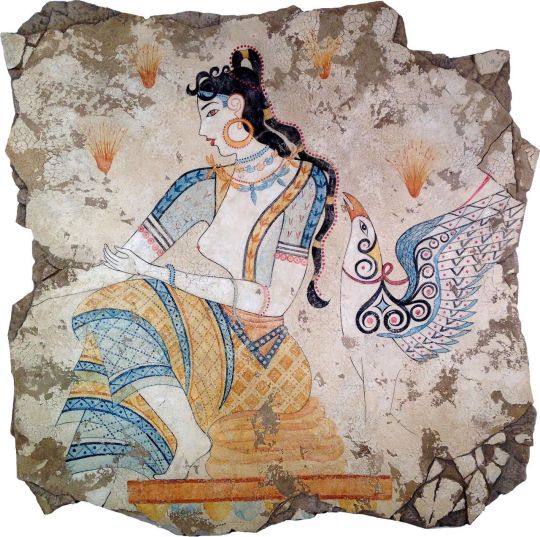
The Saffron Goddess (1600 B.C.) is a detail from a Minoan fresco depicting a saffron harvest, Akrotiri, Santorini island, Greece
8K notes
·
View notes
Text


Church of S. Giovanni Battista in Racconigi (Italy)
#italy#racconigi#italia#church#catholic church#giovanni battista#italian architecture#italian art#artedit#sinner#art#architecture#frescoes#ceiling#fresco#aesthetic#photography
650 notes
·
View notes
Text

Exactly what Godzilla's role was in the 1348 Siege of Budapest is still debated.
407 notes
·
View notes
Text

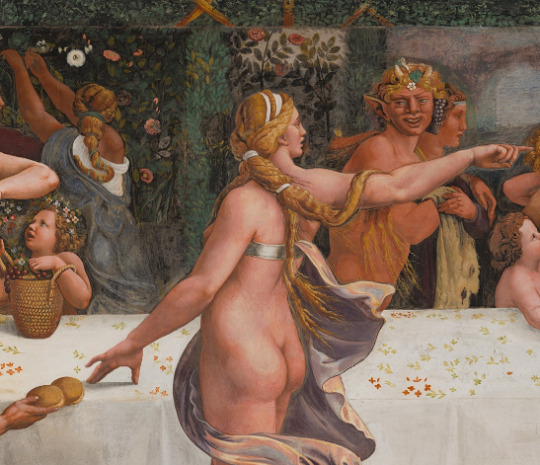

Details from the room of Cupid and Psyche in Palazzo Te, Giulio Romano, 1526-28
#art history#art#italian art#aesthethic#greek mythology#ancient greece#roman mythology#giulio romano#frescoes#palazzo te#mantua#mantova#cupid#psyche#cupid and psyche#zeus#olympias#banquet#bacchanalia#faun#16th century#rinascimento
563 notes
·
View notes
Text
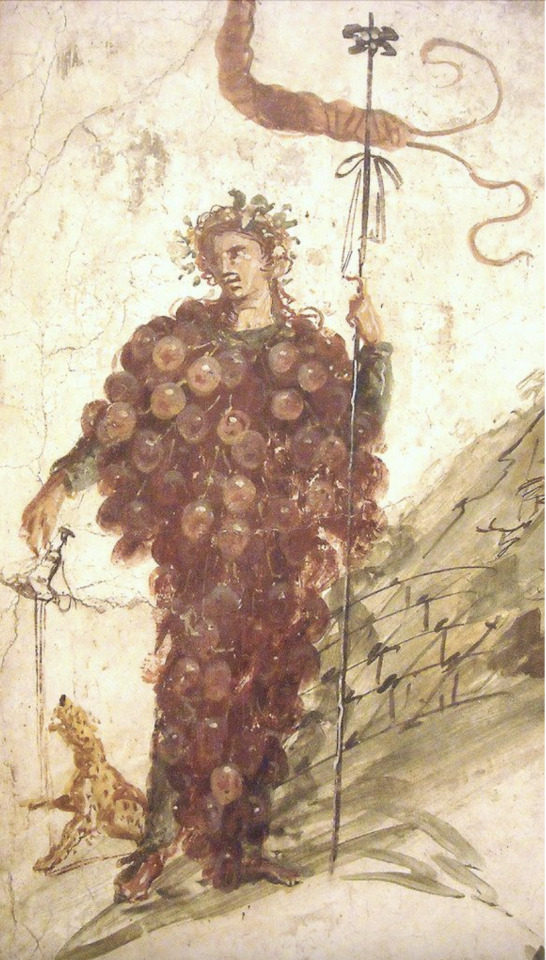
Dionysus as grapes, detail from fresco of Dionysus on Vesuvius, Pompeii, before 79 A.D. Museo Archeologico Nazionale, Naples
#how does it feel to be the coolest person ever#me two bottles of white wine deep#tagamemnon#queueusque tandem abutere catilina patientia nostra#ancient rome#ancient art#archaeology#frescoes#fresco painting
583 notes
·
View notes
Text

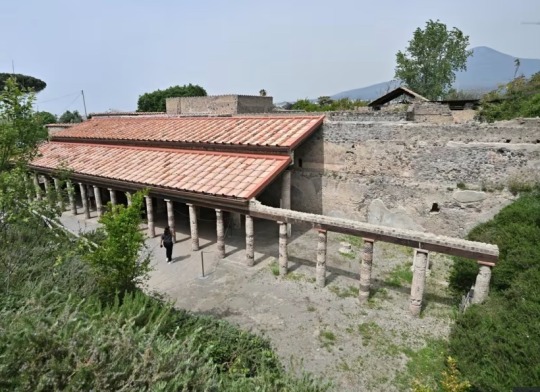
‘Ancient Roman’ Solar Roof Tiles Power Pompeii Villa
Ancient Roman ruins at Pompeii have been fitted with invisible solar panels, in a move that will contribute to the archaeological site’s sustainability efforts and cut costs. The innovative panels, which blend into the background by imitating traditional materials, were installed on the House of Cerere, on a thermopolium — a Roman snack bar — and on the House of the Vettii, which recently reopened following 20 years of restoration work.
“They look exactly like the terracotta tiles used by the Romans, but they produce the electricity that we need to light the frescoes,” said Gabriel Zuchtriegel, the director of the archaeological park of Pompeii, in a press release.
Each year, 3.5 million tourists explore the vast ruins of the ancient Roman city, which was buried by the eruption of Mount Vesuvius in 79 AD. But due to Pompeii’s size, energy bills are expensive and conventional methods of providing power across the site can threaten its appearance.

“Pompeii is an ancient city which in some spots is fully preserved,” Zuchtriegel said. “Since we needed an extensive lighting system, we could either keep consuming energy, leaving poles and cables around and disfiguring the landscape, or choose to respect it and save millions of euros.” The new technology will help the archaeological site to cut energy bills and make it more enjoyable, he added.
The invisible solar panels — or “traditional PV tiles” as they are technically known — were created by the Italian company Dyaqua. They can be designed to appear like stone, wood, concrete or brick, and hidden on walls, floors and roofs, according to Elisabetta Quagliato, whose family owns Dyaqua, in the press statement.
“We are an archaeological site but we also want to be a real-life lab for sustainability and the valorization of intangible heritage,” Zuchtriegel said. “Our initiative is not merely symbolic. Through the million tourists who visit us every year, we want to send a message to the world: cultural heritage can be managed differently and in a more sustainable way.”


Other locations in Italy using the invisible solar technology are the commune of Vicoforte in Italy and, soon, Rome’s contemporary art museum Maxxi. Public buildings in Evora, Portugal, and Split, Croatia will also install the panels, according to the press statement.
Pompeii’s recent use of these panels is just the beginning, Zuchtriegel said. “From now on, we will be taking this solution into account for all future renovation and restoration projects.”
By Garry Shaw.

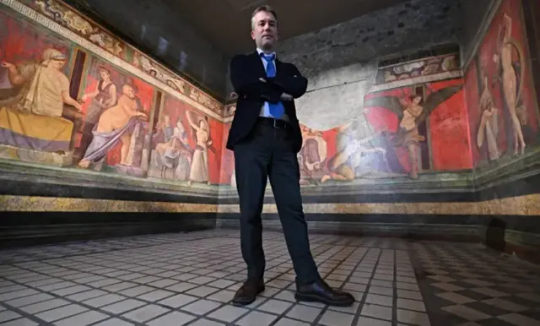
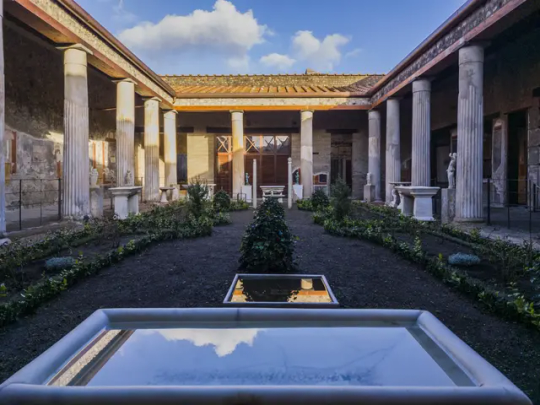
#‘Ancient Roman’ Solar Roof Tiles Power Pompeii Villa#House of Cerere#House of the Vettii#thermopolium#terracotta tiles#solar power#frescoes#mount vesuvius#ancient artifacts#archeology#archeolgst#history#history news#ancient history#ancient culture#ancient civilizations#roman history#roman empire#roman art
269 notes
·
View notes
Text

Angel Dust Doodle :)
#hazbin art#hazbin hotel#hazbin angel dust#hazbin fanart#hazbin fandom#angel dust#sketch#artwork#digital illustration#drawing#digital art#artists on tumblr#doodle#original art#procreate#frescoes#adobe#practice
208 notes
·
View notes
Text
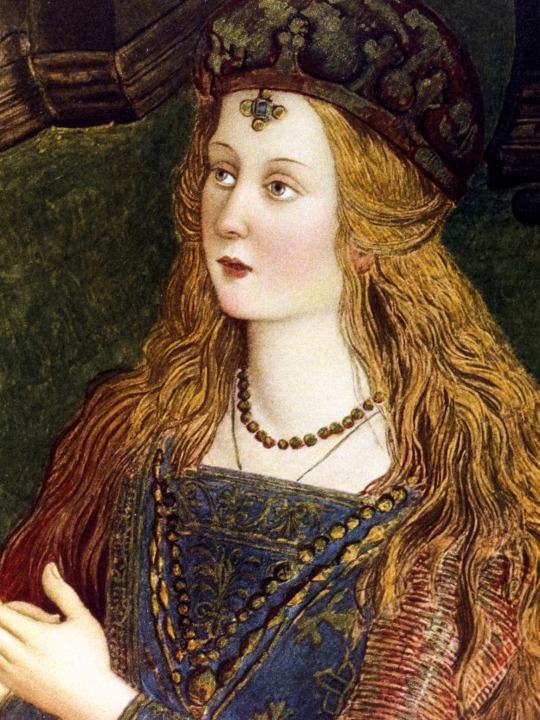
Lucrezia Borgia by Pinturicchio
Detail from the Disputation of St Catherine of Alexandria
#lucrezia borgia#portrait#renaissance#italy#st catherine of alexandria#st catherine#art#femme fatale#noblewoman#christianity#christian#italian#pinturicchio#bernardino di betto#religious art#religion#europe#european#vatican#rome#vatican city#borgia#history#hall of the saints#sala dei santi#borgia apartments#vatican palace#apostolic palace#fresco#frescoes
186 notes
·
View notes
Photo
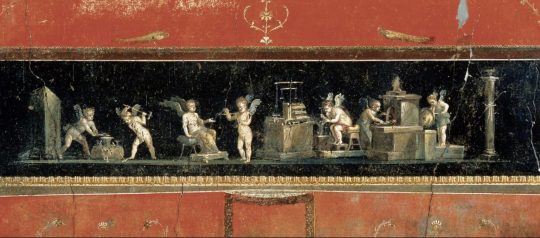

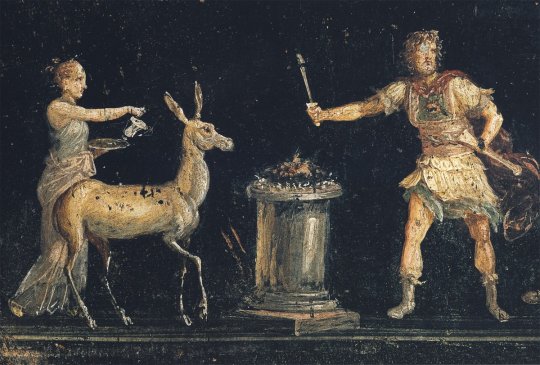
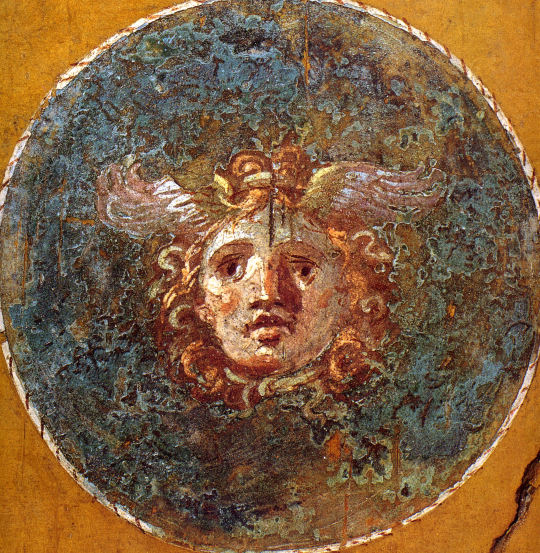
The House of Vettii frescoes, Pompeii 79AD
2K notes
·
View notes
Text
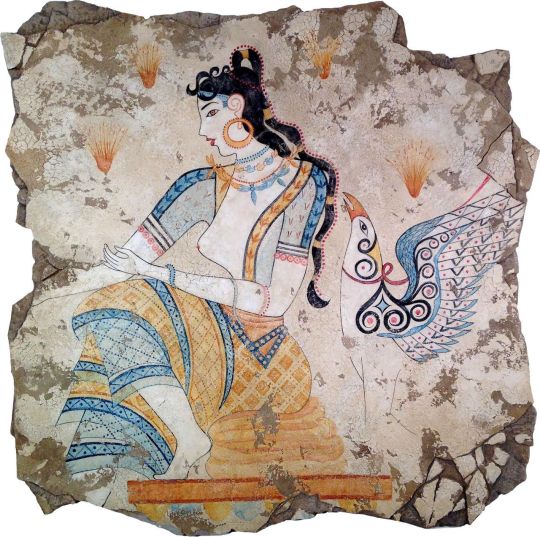
Saffron Goddess, Minoan (Santorini), Akrotiri Frescoes, c. 1600 B.C. [2185 × 2172]
197 notes
·
View notes
Text

"The Apotheosis of King Ferdinand IV and Queen Maria Carolina", by Pietro Bardellino (1781), Museo Archeologico Nazionale di Napoli
#napoli#italia#italy#art#italian art#rococo#18th century#naples#art history#art museum#museum photography#painting#classic academia#classicism#travel#travel photography#photography#photographers on tumblr#frescoes#fresco painting#baroque#art photography#italytravel#mediterranean#southern italy#culture#history
79 notes
·
View notes
Text
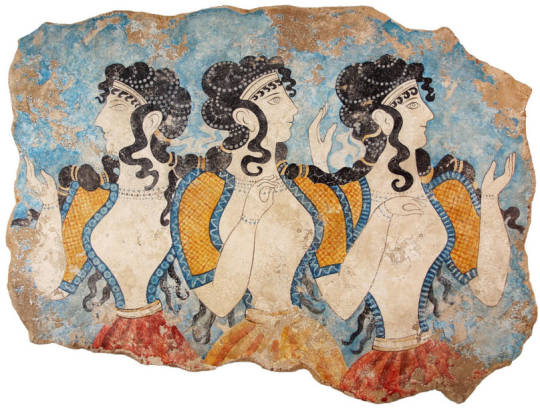
From ancient city of Knossos, Minoan Civilization on Crete, circa 2000 B.C.E.
316 notes
·
View notes
Text

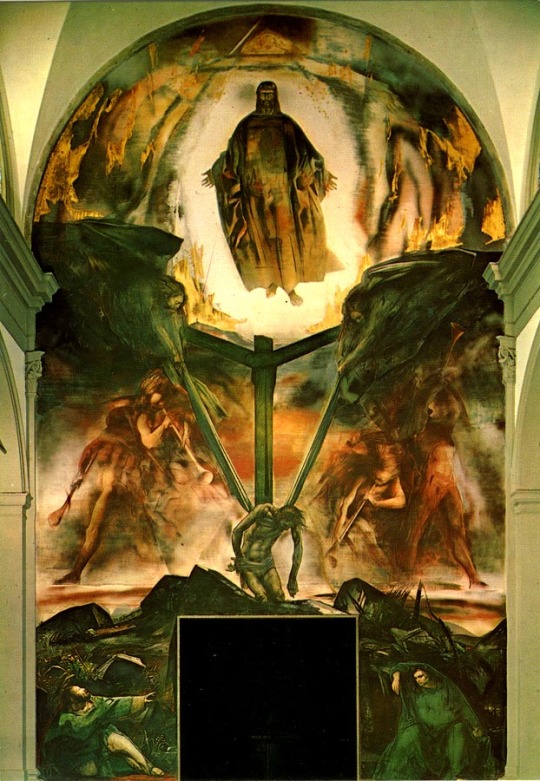
Pietro Annigoni
I thought I would relay the story of Pietro Annigoni's use of a dead body for a crucified Christ figure in two of his works. As told by Micheal John Angel, in 1939 Annigoni was painting a number of frescoes in the Monastery of San Marco when he heard about the death of a 30 year old Sicilian in a motorino accident outside Florence. Needing a model for Christ, he asked the authorities for the body on the condition that the monks at San Marco would take care of the burial. He strung the body up in his studio where rigor mortis started to set in while he sketched away. These sketches were worked up into a cartoon that he used for this fresco
Thirty years later, Annigoni used the same cartoon for his fresco of the Deposition and Resurrection at the church in Ponte Buggianese, a small town just outside Florence
youtube
source
67 notes
·
View notes
Text


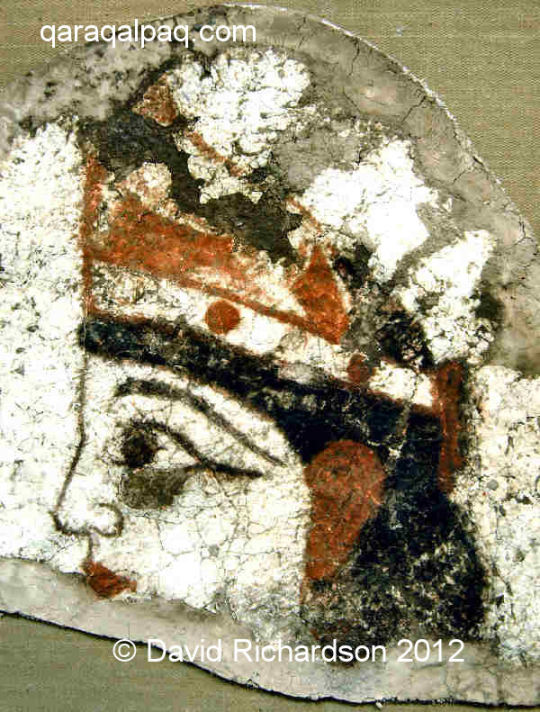
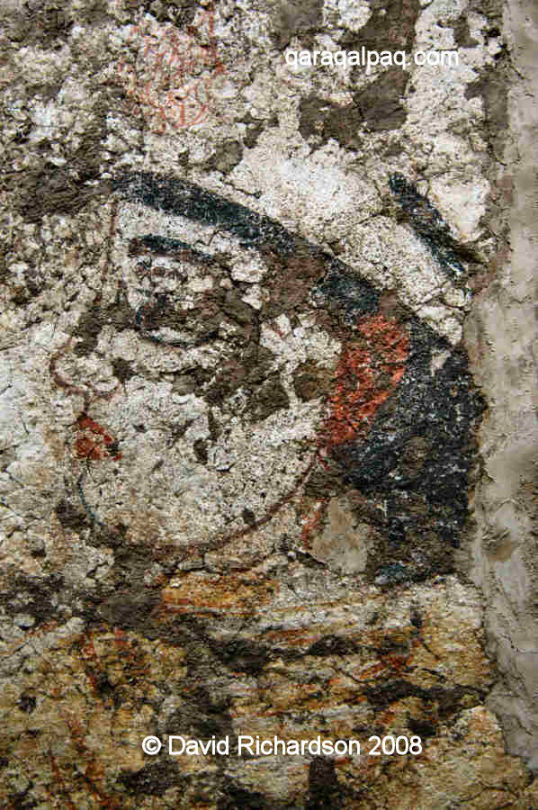
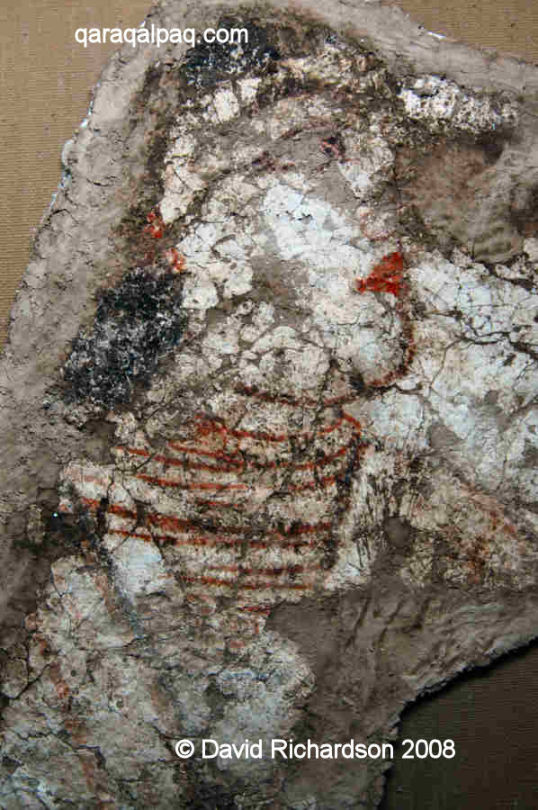



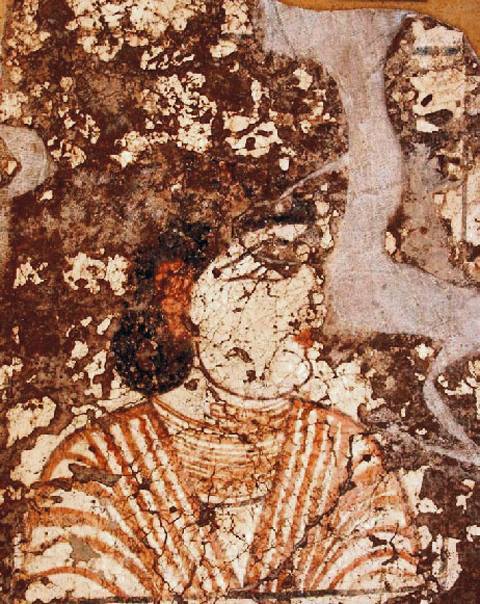
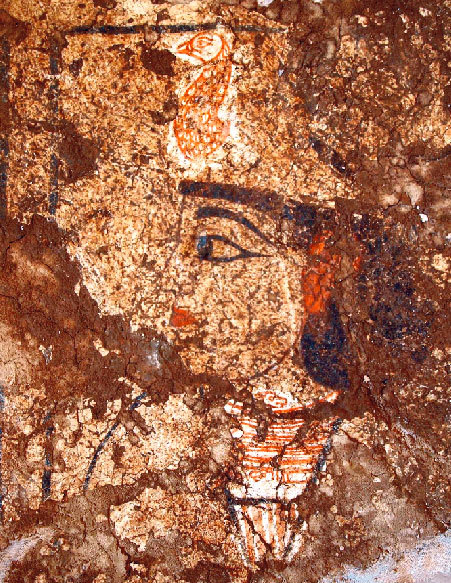
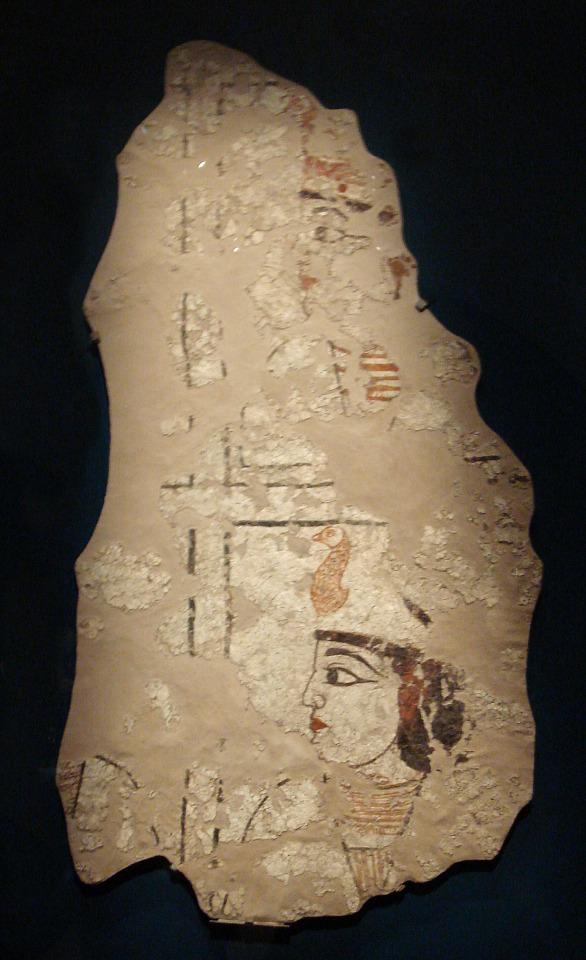
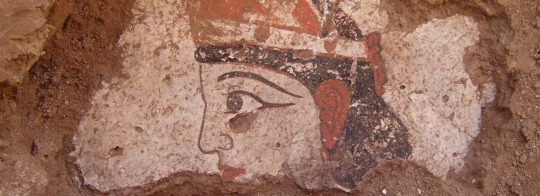


Khwarazm/Chorasmian murals from Akchakhan-Kala & Toprak-Kala, 3rd century BCE - 3rd century CE. The one with hearts is from Toprak-Kala. The rest are from Akchakhan-Kala.
"The world of hearts is under his power in the same manner that
The Khwarazmshahs have brought peace to the world."
-Khaqani Shirvani
#ancient history#art history#ancient poetry#poems and poetry#goddess#antiquities#art#literature#ancient#history#museums#prose#mural#frescoes#heart shaped#archaeology#fresco
183 notes
·
View notes
Text



Galleria Farnese (frescoes details), Annibale Carracci, 1597-1607
#art history#art#italian art#17th century#aesthethic#painting#ancient greece#greek mythology#affreschi#frescoes#galleria farnese#palazzo farnese#rome#annibale carracci#apollo#marsyas#diana#artemis#endymion#homoerotic art#roman mythology
148 notes
·
View notes